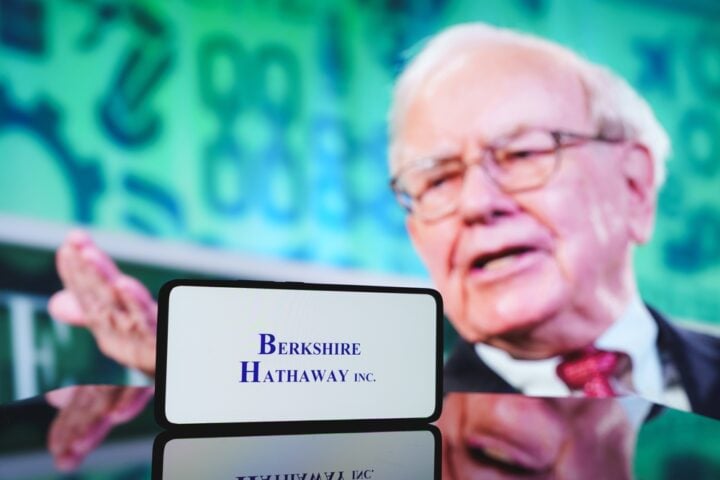Intel announced on Monday that CEO Pat Gelsinger has resigned, marking the end of a difficult stint during which the company struggled to compete in the rapidly evolving semiconductor and AI markets. Gelsinger, who rejoined Intel in February 2021, faced mounting challenges as the once-dominant chipmaker fell behind its rivals despite billions in U.S. government funding to bolster domestic chip production.
Under his leadership, Intel’s stock plunged 61%, reflecting the company’s failure to capitalize on major technological trends, particularly the AI boom.
Interim Leadership and Strategic Shift
Effective December 1, Gelsinger will be replaced by interim co-CEOs David Zinsner (Intel’s CFO) and Michelle (MJ) Johnston Holthaus (general manager of Intel’s client computing group). Holthaus will also take on the newly created role of CEO of Intel Products, overseeing critical areas such as data center and AI product development.
Intel’s board chair Frank Yeary, now interim executive chair, emphasized the need for urgency and transformation:
“We are committed to restoring investor confidence and creating a leaner, more agile Intel,” Yeary said in a statement.
Challenges in the AI Era
Intel’s decline contrasts sharply with Nvidia, which has surged in market value, riding the AI wave to become the second-most-valuable company globally, with a $3.4 trillion valuation—33 times larger than Intel’s $104 billion.
While Nvidia thrived, Intel missed critical opportunities, including leveraging its expertise in chip production for the burgeoning AI and data center markets. Gelsinger’s exit comes as Intel grapples with questions about its ability to regain market relevance, with speculation about a potential takeover by a competitor like Qualcomm.
Future of Intel’s Business Model
Intel is undergoing a risky transition to a foundry-based model, manufacturing processors for competitors like Apple. This move aligns with U.S. government efforts to revitalize domestic chip production through the CHIPS Act but has been hindered by delays.
Last week, Intel announced that its $8.5 billion CHIPS Act grant had been reduced to $7.86 billion, reflecting the company’s slower-than-expected progress in opening new manufacturing plants.
A Path Forward
The interim leadership aims to simplify and strengthen Intel’s operations, focusing on:
- Streamlining the product portfolio.
- Enhancing manufacturing and foundry capabilities.
- Optimizing operating expenses and capital investment.
As the search for a permanent CEO begins, Intel’s trajectory will depend on its ability to execute its transformation plan and reestablish itself as a leader in the semiconductor industry.







